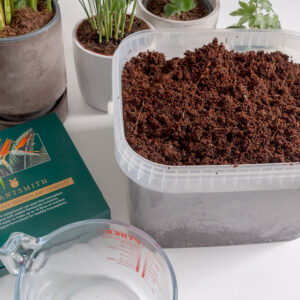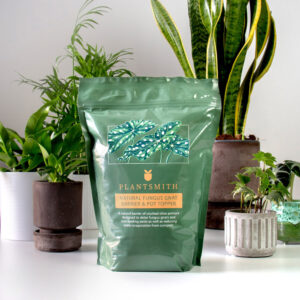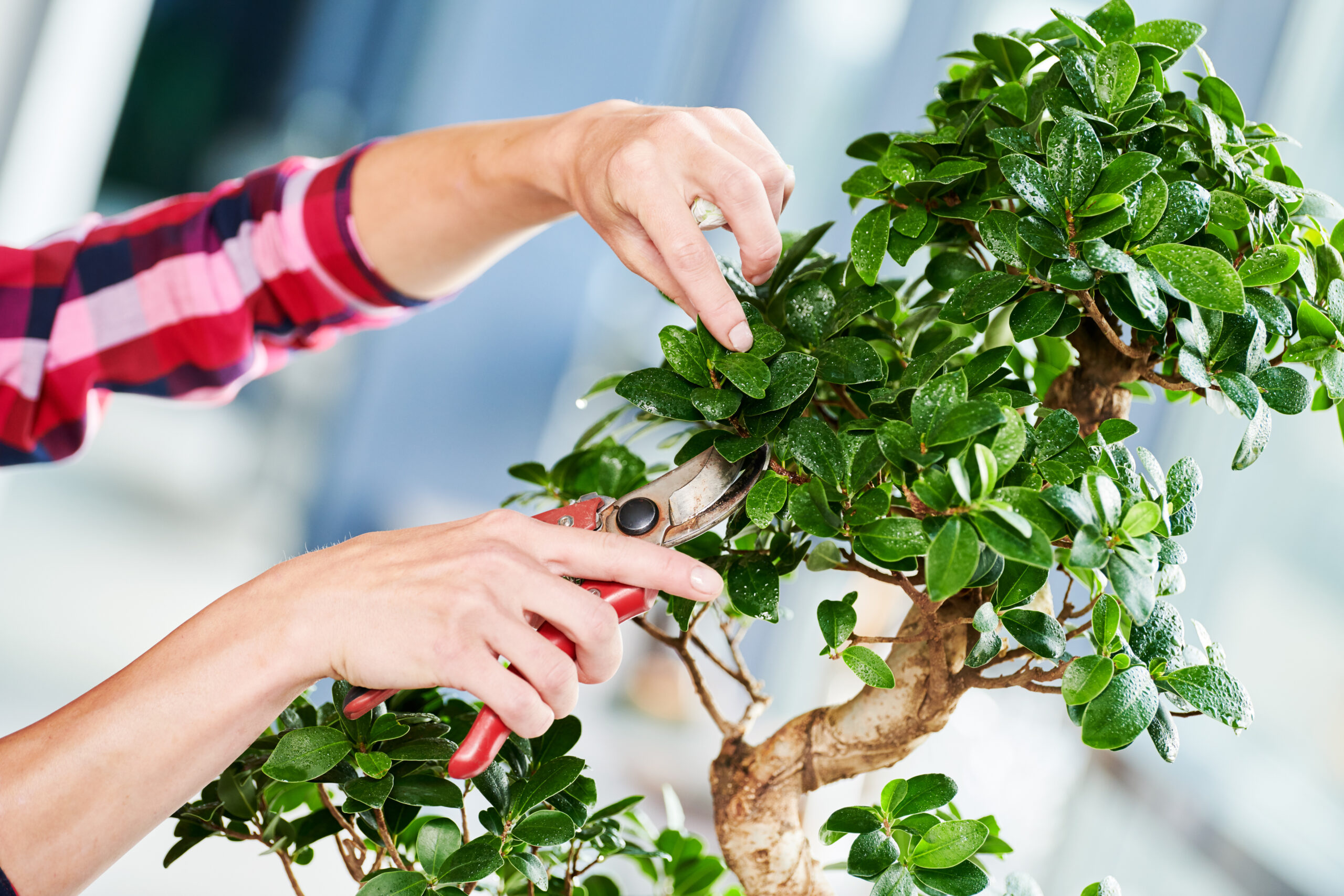Most houseplants will need pruning at some point. It might be to improve its shape, encourage bushy growth or to keep a vigorous specimen from taking over a given position. On the other hand it might simply need dead, diseased or damaged growth removing – apart from the keeping a plant look tidy, this will maintain the plant’s good health, discouraging conditions that allow pests and diseases to prosper.
When to trim your houseplant
Light pruning and general trimming to keep plants neat and tidy can be carried out throughout the year, but more extensive pruning is best carried out at the beginning of the growing season, usually late winter and early spring. Houseplants grown for their flowers are best tackled after blooming has come to an end to avoid accidentally removing the next lot of flower buds.
General rules for trimming your houseplant
Before trimming anything make sure cutting tools, whether secateurs or plant snips, have clean, sharp blades – blunt edges will crush or tear stems, leaving jagged ends that are a route for infection from diseases. Cutting stems encourages new growth to develop from below, so always prune just above a leaf joint, or node, to avoid ending up with long, leafless stubs.
Improving a plant’s shape
Over time some houseplants get straggly or produce shoots that spoil their shape. Fortunately, it’s easy to restore an attractive outline by pruning. Take your time and step back regularly to check your progress before continuing – if you cut a shoot off by mistake you can’t put it back, and you’ll be left with an uneven silhouette. It’s best not to remove any more than about a quarter of the growth at any one time.
Removing dead, diseased or damaged growth
If a leaf is tatty, cut it off as close to the stem as possible. Sometimes leaves will turn brown at the tips (possibly due to fluctuations in temperature or lack of light) and the damaged part can be removed with a straight cut across the leaf. If a stem starts to die, remove by cutting back into healthy growth.
Deadheading
Some flowering houseplants will naturally drop their fading flowers, while others require a helping hand. As soon as blooms are past their best, pinch them off with your thumb and forefinger to keep plants looking tidy, encourage new blooms and prevent plants directing energy into setting seeds. Many plants carry multiple flowers on long stalks. Once the last flower has finished, snip the stalk off at the base.
Variegated plants
A problem with some variegated houseplants is that they are prone to reversion, a growth disorder that results in the appearance of pure green shoots. Apart from looking unsightly, these sprigs are more vigorous than variegated ones and will eventually take over the plant. To prevent this from happening, snip off any green shoots at the main stem or base of the plant.
Climbing Plants
Climbing houseplants look great trained up moss poles or other structures. Eventually they’ll reach the top of their supports and need reigning in – simply snip back shoots that extend too far. As a result of pruning the tips, main stems will produce bushier growth below. Prune side-shoots if necessary to keep a tight shape.








